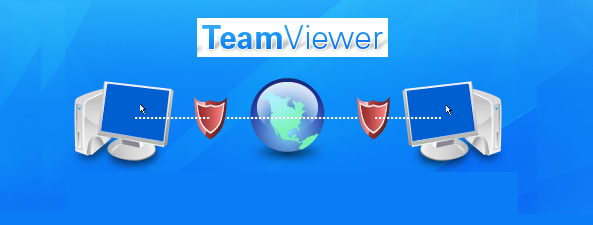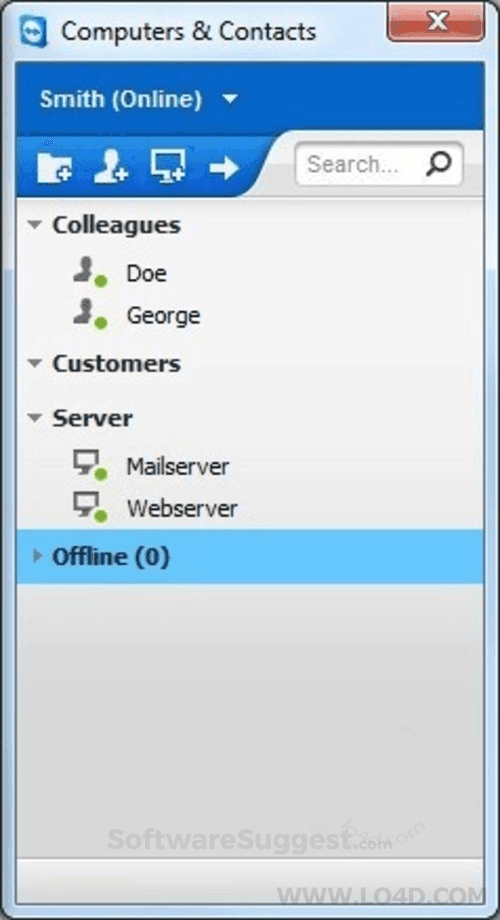


It seems nobody has managed to invent a really good protocol yet though, one that combines high compression ratios of advanced video codecs, use of UDP with a good way to deal with lost packets, perceptive coding that detects and favours readability of text over "useless" details, good automated balancing of update/transmission speeds with quality and encode speeds, gradual and smooth quality refinement over time for non-updated areas, client side caching and differencing (while video coding can reference past frames they are not really quite a good match to normal desktop content, and the fact that you could easily store 100s of MB of reference data client side). Particularly on slow connections that makes VNC unusable since any big change on the screen means you'll not see any changes until minutes later.
#TEAMVIEWER VS REMOTEPC UPDATE#
TCP based protocols are quite vulnerable to for example high packet loss, and the fact that once you sent some data, it has to be transmitted - thus a single large update means your screen will hang until it arrived. The mentioned xpra comes somewhat close to it, but honestly it still does a crappy job.Īnother issue is TCP vs. A good system would be able to smoothly sacrifice quality to keep a reasonable rate of updates. The only lossy compression supported by TeamViewer seems to be reducing the colour depth and some kind of interlaced updates which help little with animated content as you noted.
#TEAMVIEWER VS REMOTEPC SOFTWARE#
You might even find, that the software would be a great fit for not only private use amongst friends and family, but also for business or professional purposes.I'd like to emphasize the fact that VNC is simply a horrible comparison point.īetween Linux systems, a properly configured xpra provides much, much better performance - mostly thanks to supporting H.264 based lossy compression.
#TEAMVIEWER VS REMOTEPC FOR FREE#
Try TeamViewer for free at home, and distance won’t get in the way of you supporting those that you care about. Remote desktop, remote support, IT management, web monitoring, remote work and web conferencing, Remote access, Augmented reality support, digitization of work processes, IoT, and Industry 4.0. If living remotely, you may still want to, for example, check in with your parents and help them with their latest tech problems, or assist a friend with installing their newest smart home device. Software & Services Teamviewer vs AnyDesk vs RemotePCwhat's the best remote desktop software for business News Find out which of these three remote desktop solutions is the best for you. TeamViewer offers a unique free remote PC solution users can try the software at home with family and friends and enjoy a host of special features for free.

You can even chat to them via messaging or video call, while using a single piece of software. This means that using TeamViewer you can directly access your family or friend’s home computer environment while located anywhere in the world, reach all of the documents saved to the machine quickly and easily, while assessing and rectifying the problem. Whether helping family with a computer problem or simply assisting a friend with a new project, with the right tools you can access all of the digital resources you need from a remote PC for free.


 0 kommentar(er)
0 kommentar(er)
